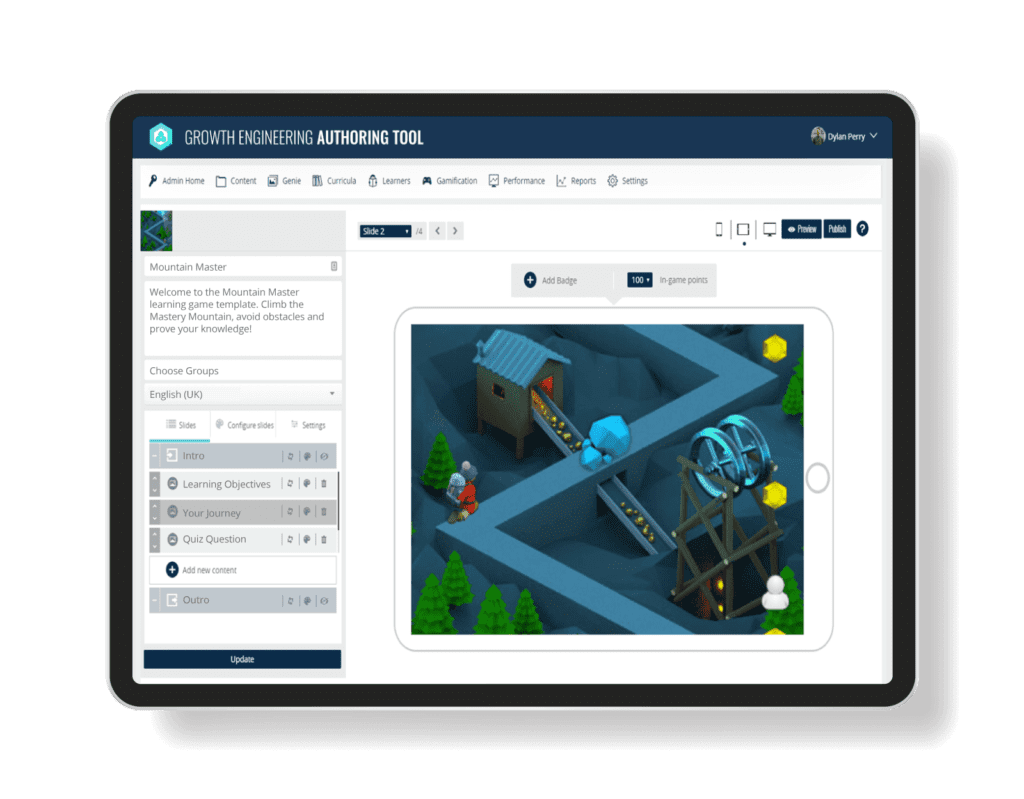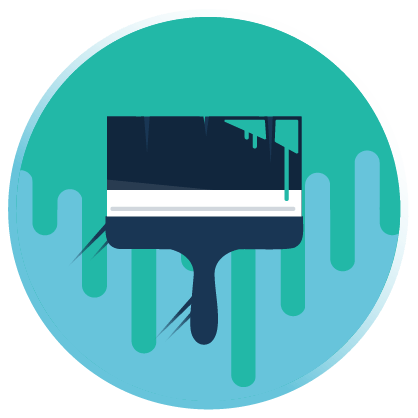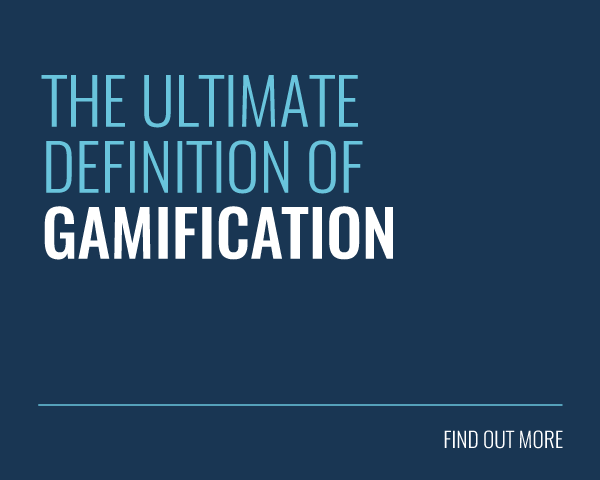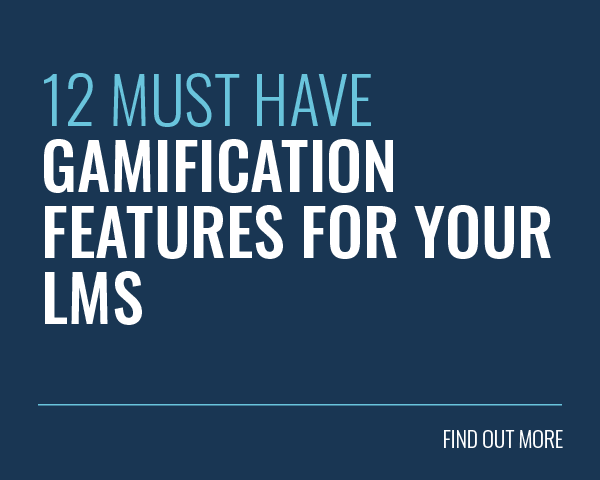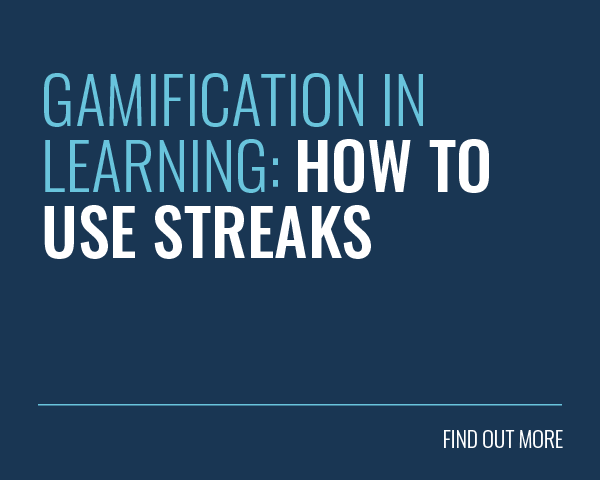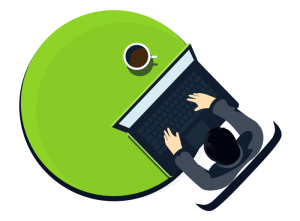 Gamification has taken the world by storm. Ten years ago, it was a little-known approach used by a select group of forward-thinking pioneers.
Gamification has taken the world by storm. Ten years ago, it was a little-known approach used by a select group of forward-thinking pioneers.
Today, companies all around the world are taking the features you love about video games and applying them to boring tasks. In fact, due to a huge surge in demand, the gamification industry has grown eleven-fold in four years.
With the use of gamification on the rise, it’s worth asking, is there any proof it actually works? This article tackles the neuroscience behind its power and four gamification studies to show that it really works!
The Neurochemistry
Research has shown that when gamification is done well, neurotransmitters are released. Neurotransmitters are chemicals that your brain uses to send signals. When it comes to gamification, there are four you need to know about:
1. Dopamine

Learning associations are vital to an effective training programme. They help learners make sense of complicated information by relating it to the real world. Dopamine is the chemical driving force of learning associations, and your brain releases loads of it whenever you’re surprised.
This is why everyone loves dramatic plot twists. Games use them all the time to thrill their audience and make the game more memorable. If you want to send a torrent of dopamine coursing through your learners’ brains then astound them with unbelievably exciting training.
2. Oxytocin

Thanks to oxytocin we can forge connections with everyone we meet – and they don’t even have to be real people. That’s why we love stories so much and it’s why video games love a rich narrative.
Oxytocin helps us to develop relationships with the characters and feel involved in the plot. Have your learners fall in love with your training by wrapping content in a meaningful narrative. Host that training on a social LMS and your learners will develop relationships that will continue to reinforce your training.
3. Serotonin

Serotonin levels are the difference between feeling anxious and unhappy or balanced and content. Our serotonin levels are affected by how important we feel. Part of the reason people love gaming so much is that it gives them the chance to feel significant. The game lets you do the impossible and be someone who changes the world!
You can do the same thing for your learners if you create a sense of Epic Meaning in your training! Make sure that your training and the platform it’s hosted on helps your learners understand how they fit into your company’s big picture.
4. Endorphins

Whenever you achieve something you didn’t think possible, you feel euphoric. That incredible feeling comes from a release of endorphins. Endorphins give you the strength to power through challenges and they reward us when we finish them.
This is why most games come with a ‘hard mode’, their developers know you want to be challenged! Without a challenge, there’s no achievement in their completion and it saps all the fun out of the game.
Don’t make your training too easy – you’ll stop your learners feeling like they’ve achieved something. Instead, challenge your learners and make them wrestle for a victory!
What Does This Mean?
We’ve seen that gamification releases a cocktail of neurotransmitters that leave learners feeling great and wanting more! But what happens when you take the learning out of the laboratory? Let’s take a look at what the research says about gamification in the workplace:
1. It’s all positive
A research paper examined 24 peer-reviewed research papers which analysed gamification. According to this paper, every study that looked at gamification in a learning context found that it had positive outcomes. Most notably: increased motivation, engagement, and enjoyment.
2. Motivation Increases
When learners undertake gamified learning, it increases their motivation to return. If you want your learners to continue growing and to become better at what they do, learning can’t be a one-off occasion. Instead, they need to return time and time again. Gamifying your training helps ensure that learners keep coming back!
3. An Increase in Grades
Research by the University of Lisbon found that a fully gamified solution not only saw an increase in participation and engagement but also saw the grades of participants increasing.
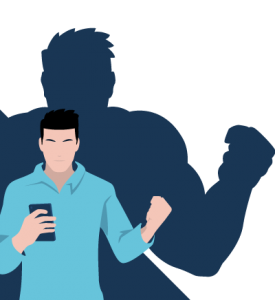
If your learners’ grades are improving, then their understanding of the content must be improving too. The better your learners understand your training, then the more likely they are to recall what they learned and apply it in the workplace.
4. Engagement
When learning is gamified it’s more enjoyable for learners. Studies have found that this leads to increased engagement with content.
This means higher levels of knowledge retention, increased behaviour change and happier learners! Gamification transforms dull online learning into something irresistible.
What Does This Mean?
Gamification improves your learners’ grades and increases their motivation, enjoyment, and engagement. What does this mean for your training?
Higher grades mean that your learners have an improved understanding of the content. The better they understand it, the more able they are to apply it in the day-to-day of work life.
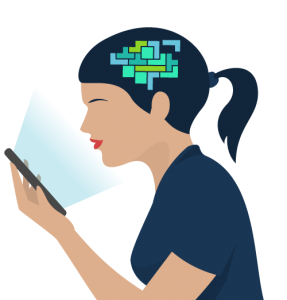
Increased motivation makes your learners more committed to their training. This means they’ll return to the platform again and again, letting you reinforce the training and ensure real behaviour change.
If your learners enjoy the content, they might just encourage their fellow employees to log in and learn. The more learners you have completing training the bigger the impact of your training.
An engaged learner is personally invested in your training. This means that they will want to use what they’ve learned.
When your learners apply the training in their work life, you’ll see your return on investment level up in no time! After all, behaviour change is the ultimate goal of the training department. If you can change learner behaviour, you can be sure that your training is taking hold.
Recent research gives proof that gamification does all this and more, but what companies are using gamification to improve their training?
Gamification Case Studies
GAME, Hendrick Automotive, T-Mobile and AstraZeneca are all businesses who have maximised their use of gamification and reaped spectacular rewards:
GAME
As the largest videogames retailer in the UK, GAME wanted to engage their staff with a gamified learning management system. They chose the Academy LMS and used all of its gamification features.
They had 3,600 learners logged in more than 40,500 times over four months. With that level of engagement, it’s clear that gamification helped keep their learners coming back for more!
“It’s a perfect match”
Craig Mills, Head of Training, GAME
T-Mobile
T-Mobile introduced gamified elements into its community platform for its customer care team. The gamification encouraged learners to share their knowledge with the team.
This meant that when customers asked tough questions the team could collaborate and find a solution much faster. In the six weeks after the introduction of gamification, T-Mobile awarded 187,000 achievement badges to their learners! That’s some serious engagement!
“There’s no other way to say it: this effort has taken off like wildfire”
Krissy Espindola, Director of Knowledge Management, T-Mobile
Hendrick Automotive
Hendrick is the United States’ largest privately owned automotive dealership and they partnered with Growth Engineering to replace an outdated LMS with an engagement-focused platform.
They made full use of gamification and they must have been on to something. When they launched the Academy LMS, the learners loved it! In fact, they had over 750,000 LMS visits in eight months.
“Our learners really just devoured the system, they loved it!”
David Thompson, Videographer, Hendrick Automotive
AstraZeneca
AstraZeneca is an international pharmaceuticals company. They needed to teach 500 sales staff about a medicine due for release in the near future. They created a gamified system in which learners move along a leaderboard towards a stadium. The stadium represented the official launch of the medicine.
Their solution was a huge success, over 95% of learners completed each training module. As an added bonus, learners were completing content in their own time, and it helped to get the whole team excited about the product launch!
Final Words
We’ve looked at the proof. What does it say? Gamification makes us feel good, it helps learners enjoy their training, improves their grades, increases motivation, and boosts engagement. This is the perfect recipe for long-lasting behaviour change and a hefty return on investment.
At Growth Engineering, we work closely with a whole range of businesses. These businesses, no matter their shape, size or industry, have found that Growth Engineering LMS is the ultimate tool for learner engagement. It uses gamification, social functionality, and personalisation to transform the learner experience into an engagement engine.
Want to learn how gamification can transform your training? Download our whitepaper – Game-Based Learning & the Future of L&D it’s a gamechanger!

